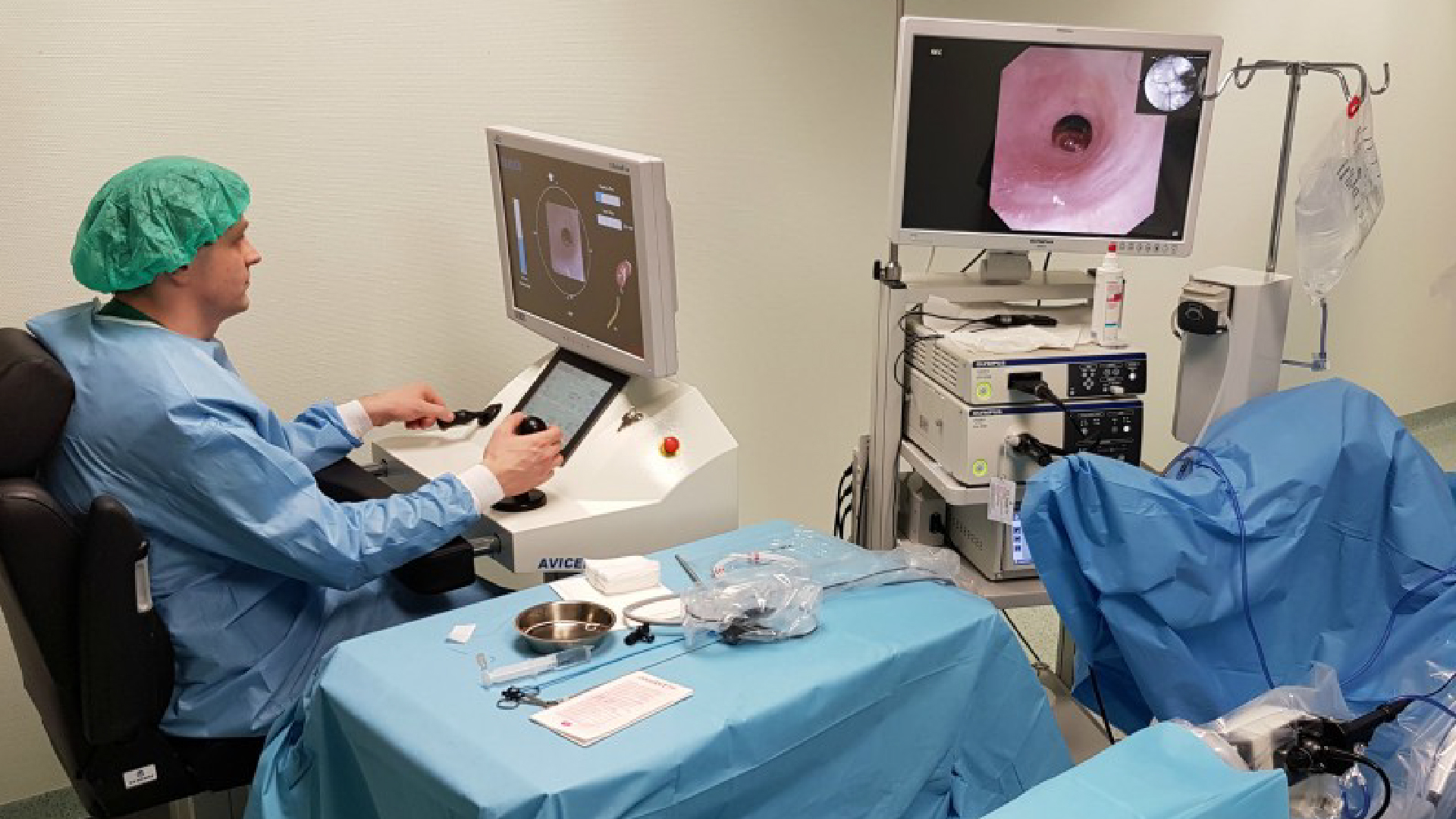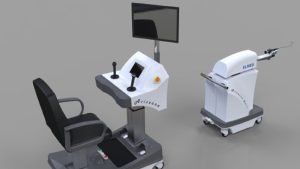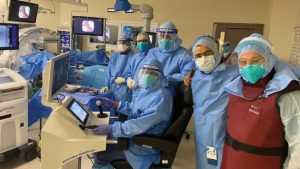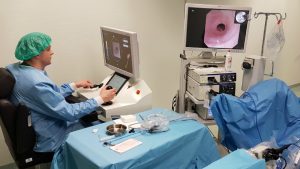
Pioneering Kidney Stone Operations Using a Robot at St. Anne's Hospital in Piaseczno
Urologists from Piaseczno are the first in Central and Eastern Europe to remove kidney stones using the modern RIRS method with the Avicenna Roboflex robot. These procedures offer patients the highest level of effectiveness and safety during the stone fragmentation process, allowing for the destruction of stones up to 4 cm in size in a single procedure. The robot also benefits doctors, providing better ergonomics and additional protection from X-ray radiation.
All operations performed in Piaseczno have been fully successful, and patients were able to return home the day after surgery without any complications.
The urologists at St. Anne’s Hospital in Piaseczno—Dr. Marek Zawadzki, Dr. Przemysław Zugaj, and Dr. Ewa Bres-Niewada—have the most experience in Poland with RIRS procedures. Interest in these surgeries is very high, and patients come to these specialists from all over the country.
“Thanks to the help of the robot, reaching and fragmenting the stones is incomparably easier. The machine’s movements are so precise that the risk of accidental tissue damage is almost minimal,” explains Dr. Marek Zawadzki, who leads the team.
“The robot doesn’t have movement limitations like the human wrist and doesn’t tire during the procedure, so it works with the same precision throughout,” adds Dr. Przemysław Zugaj.
The Avicenna Roboflex was developed in 2012, with the first operation performed in 2014. The device from ELMED is continuously used in three urology departments worldwide (Ankara, Paris, Heilbronn). The urologist, at the console, controls the angle, rotation, and penetration depth of the endoscope in the kidney’s calyx-pelvis system, with the endoscope able to rotate up to 440 degrees. The device automatically adjusts the laser’s depth and contact with the stone.
RIRS (Retrograde Internal Surgery) is the most effective and safest method of removing stones from any part of the urinary system, primarily used in the treatment of kidney stones. The procedure is performed under general anesthesia during a 1-2 day hospital stay.


